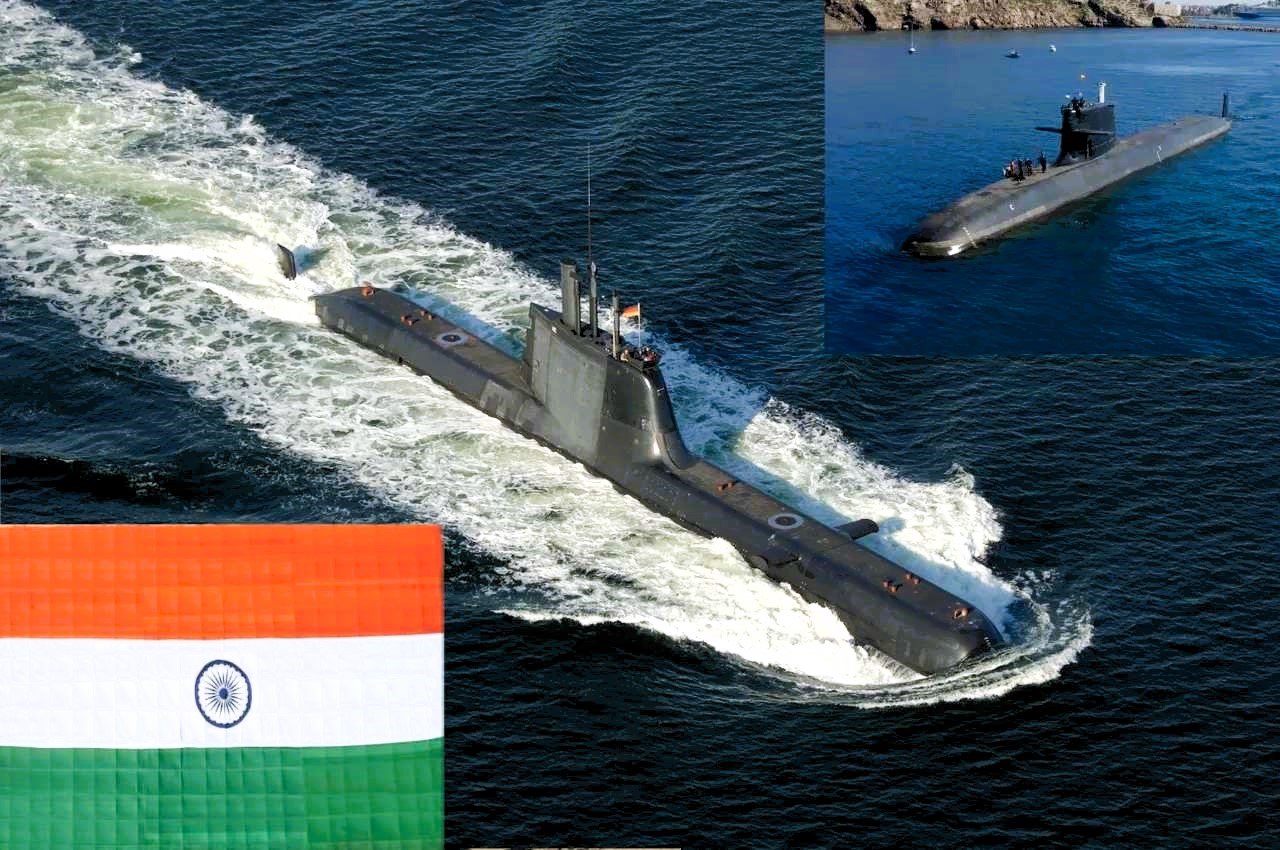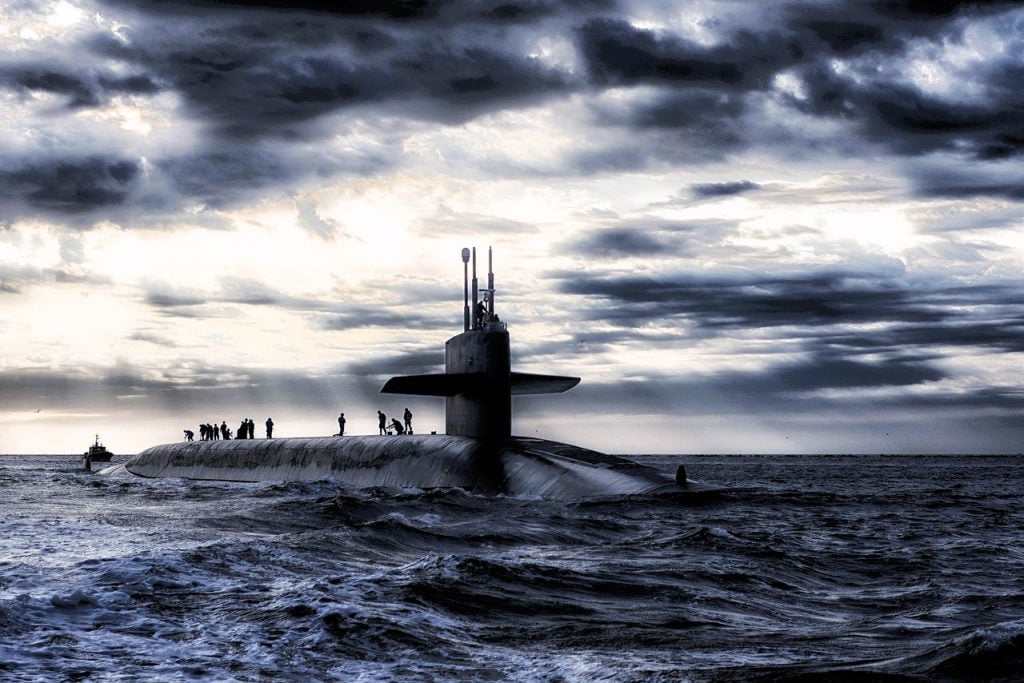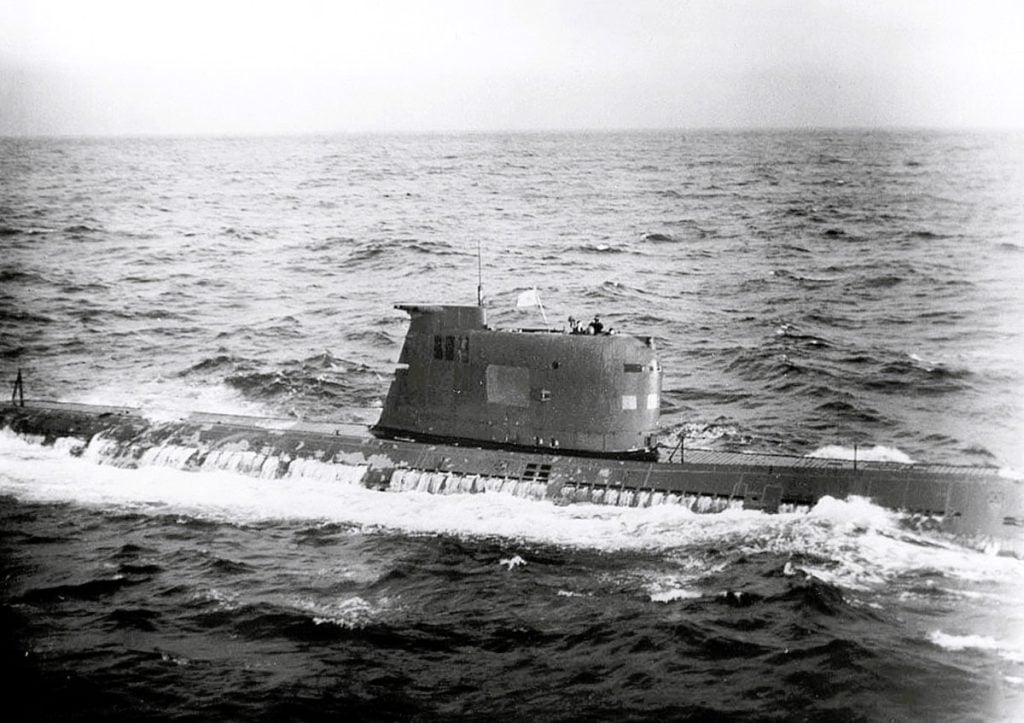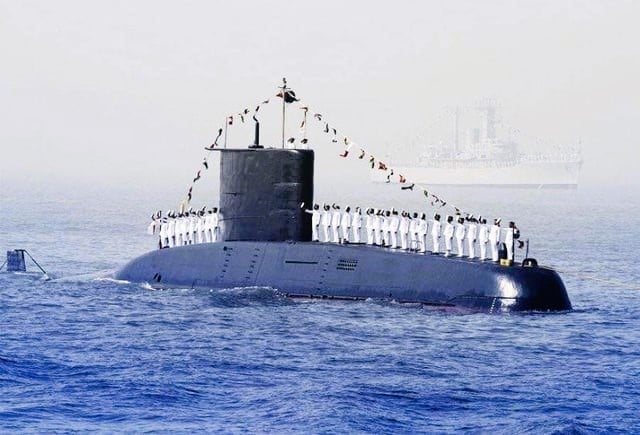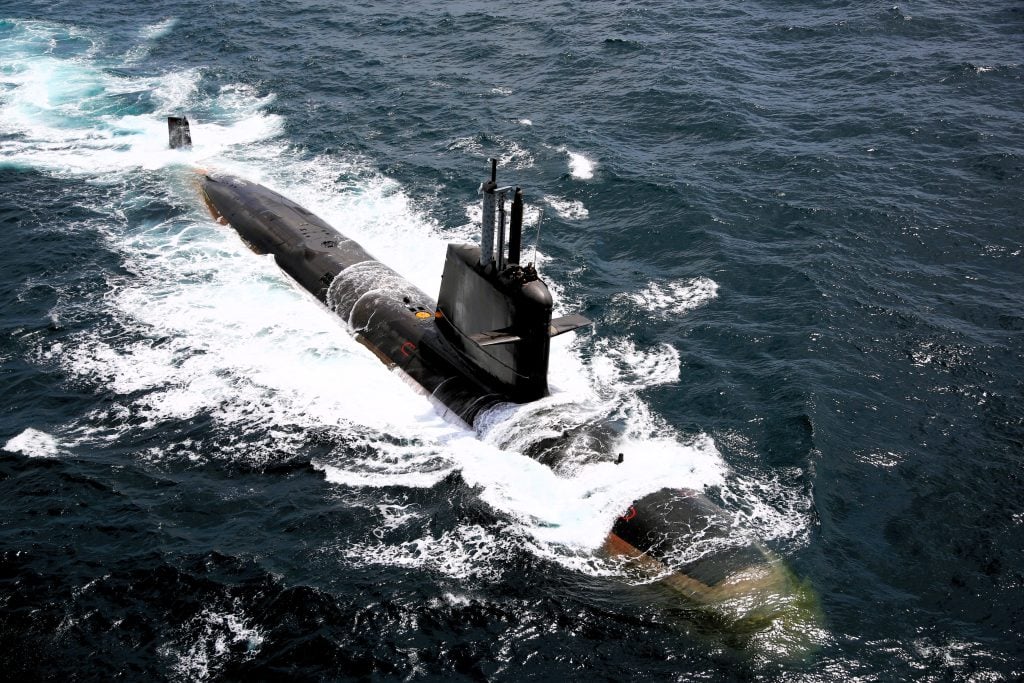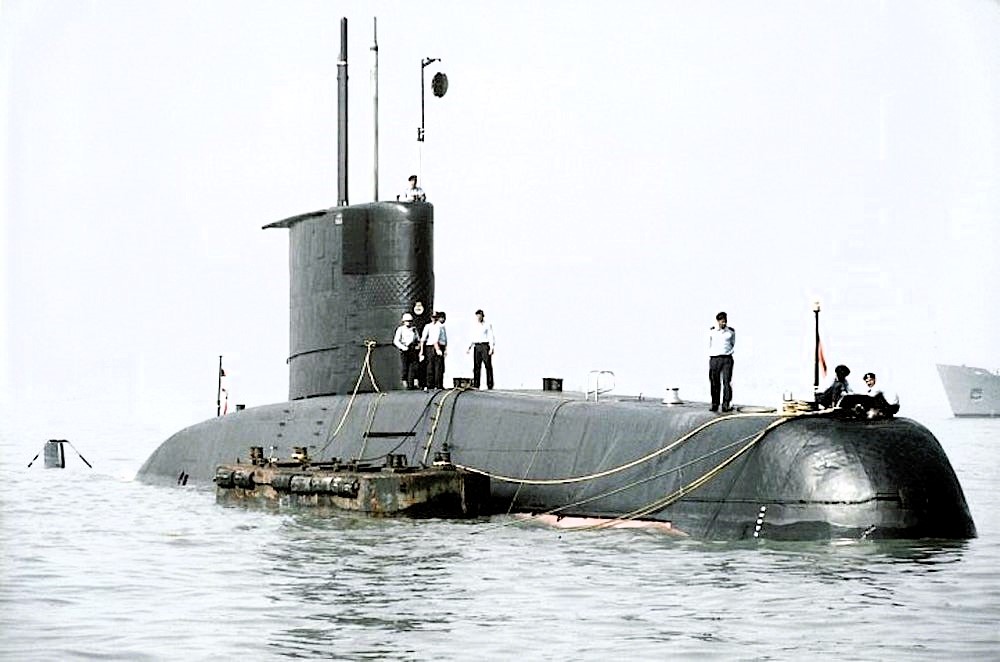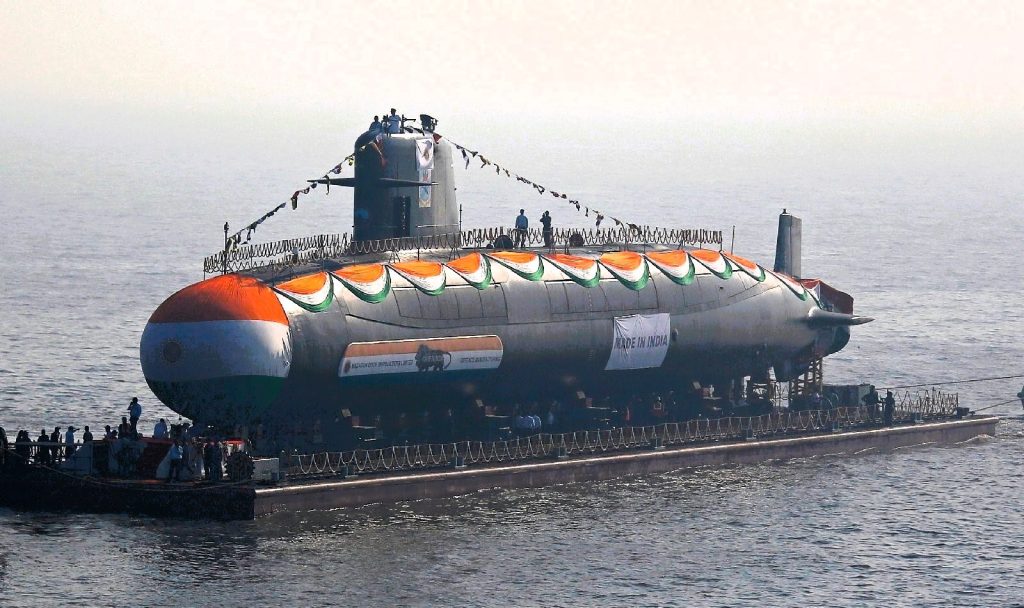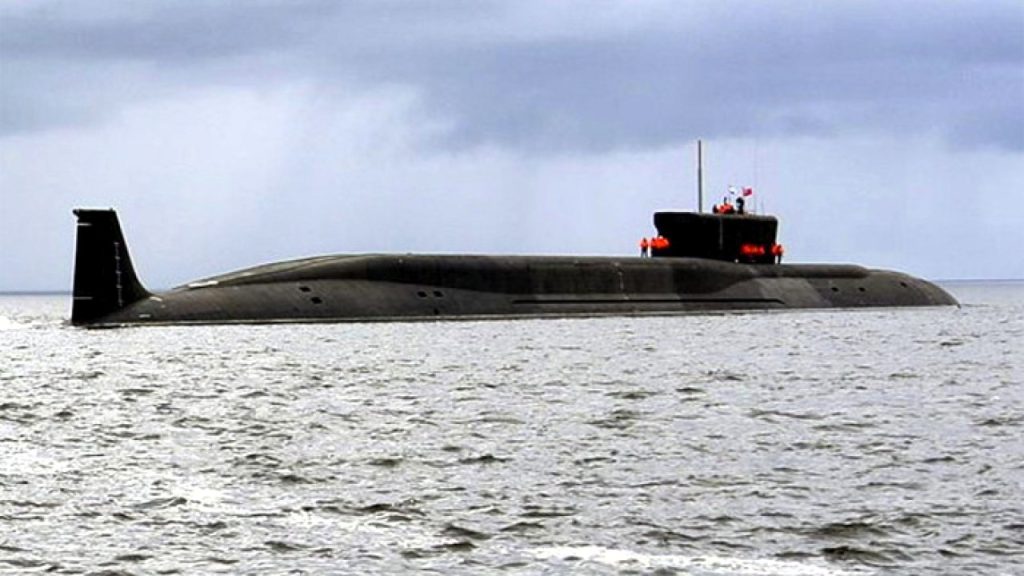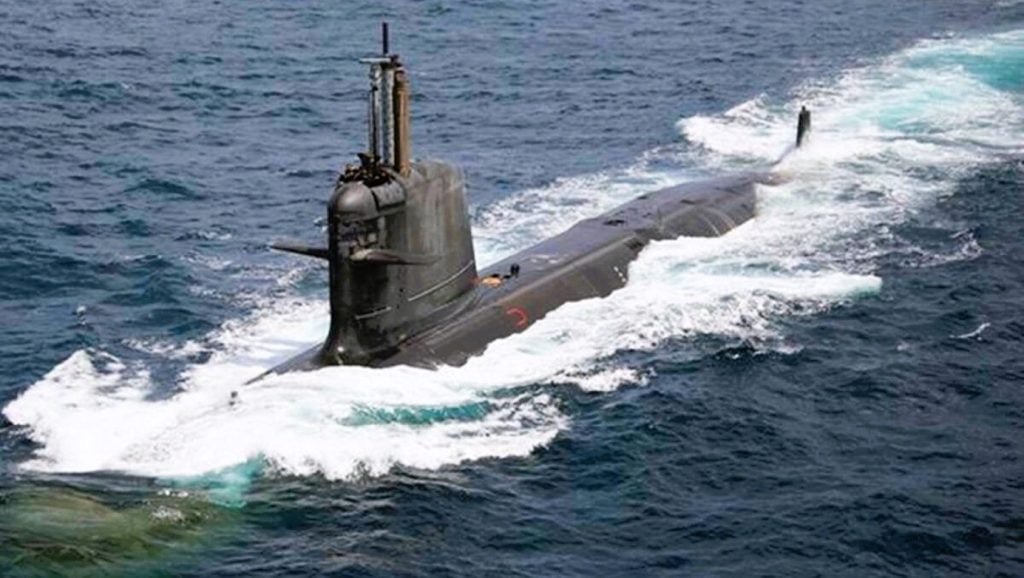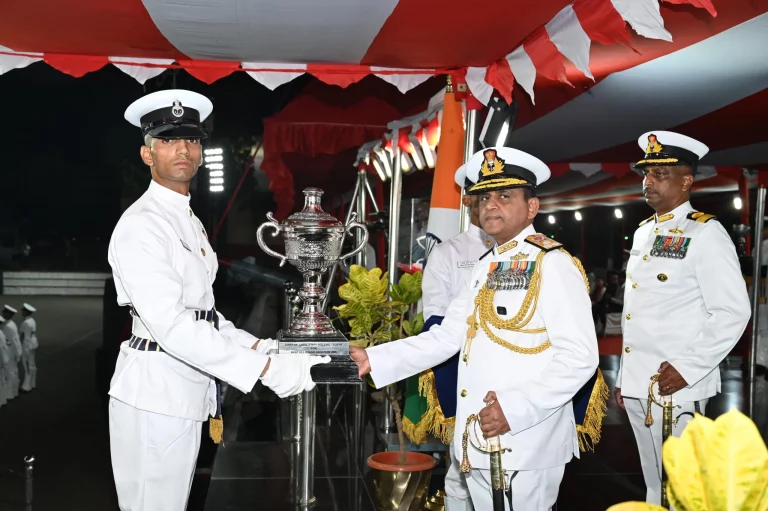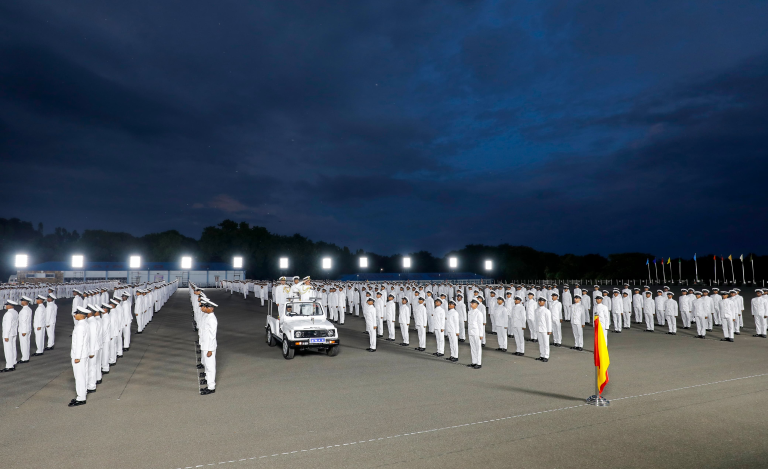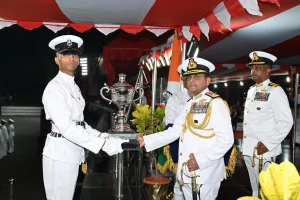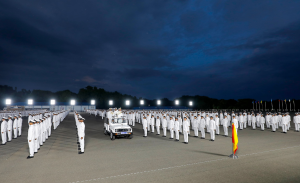The vast expanse of the oceans represents a realm of strategic importance, where the might of nations is often measured by the capabilities of their underwater forces. As the custodians of India’s maritime sovereignty, the submarines of the Indian Navy stand as formidable sentinels, guarding our waters with unwavering vigilance and tactical prowess. These submerged guardians are not merely vessels, but embodiments of our nation’s ambition to establish a robust and self-reliant defense framework, capable of safeguarding our interests across the vast maritime domain.
Historical Evolution of the Indian Submarine Fleet
The origins of the Indian Navy’s submarine force can be traced back to the early 1960s, when the nation embraced the strategic significance of these underwater assets. The acquisition of Foxtrot-class submarines from the Soviet Union marked our foray into the realm of submarine warfare, laying the foundation for future advancements.
Early Acquisitions and Indigenous Developments
In the 1960s, the Indian Navy commissioned its first Foxtrot-class submarines, a pivotal step that introduced us to the complexities and capabilities of underwater warfare. This initial acquisition from the Soviet Union paved the way for our aspirations to modernize and enhance our submarine fleet.
The 1990s witnessed a significant milestone in our journey towards self-reliance, as we commissioned our first indigenous submarines, INS Shalki and INS Shankul. These homegrown vessels, designed and constructed within the country, showcased our growing prowess in submarine technology and our commitment to bolstering our maritime defense capabilities.
Modernization and Expansion
The introduction of the Scorpene-class submarines, also known as the Kalvari-class, under a collaborative effort with France’s Naval Group, represented a major stride in our underwater warfare capabilities. The commissioning of the first Scorpene-class submarine, INS Kalvari, in 2017 marked the beginning of a new era for the Indian Navy’s submarine fleet.
The Indian Navy aims to induct a total of six Scorpene-class submarines, further strengthening our maritime security and reflecting our unwavering dedication to fortifying our underwater assets.
Challenges and Fleet Composition
The path to expanding and modernizing the Indian Navy’s submarine fleet has not been without its challenges. Historical budget constraints and initial procurement delays, particularly due to reluctance from the United States and Britain, have impacted the pace of fleet expansion.
Despite these obstacles, the current Indian submarine fleet boasts a diverse composition. It includes one nuclear-powered submarine (Chakra), two nuclear-powered ballistic missile submarines (Arihant), and a fleet of diesel-electric submarines across three classes: Kalvari, Shishumar, and Sindhughosh.
The Top 7 Special Forces In India
Shishumar-Class Submarines
Rooted in West German design, the Shishumar-class submarines are the vanguards of the Indian Navy’s diesel-electric attack capabilities. These formidable vessels, with four active units – INS Shishumar (S44), INS Shankush (S45), INS Shalki (S46), and INS Shankul (S47) – embody our commitment to maritime excellence and tactical acumen in the depths of the oceans.
Design and Construction
The Shishumar-class submarines are based on the HDW Type 209 design, a renowned West German submarine model. The construction of these vessels involved a collaborative effort between Howaldtswerke-Deutsche Werft (HDW) and Mazagon Dock Limited (MDL), with the first two units commissioned in Germany and the remaining two in India.
Specifications and Armament
These submarines boast a submerged displacement of 1,850 tons and a length of 64.4 meters, capable of reaching a top speed of 22 knots when submerged. Their impressive endurance, with an 8,000 nautical mile range at a steady 8 knots, ensures the Indian Navy’s presence is felt across vast maritime expanses.
The Shishumar-class submarines are equipped with a formidable arsenal, including torpedoes, mines, and the Harpoon missiles (on INS Shankush and INS Shalki).
Mid-Life Upgrade
To extend the operational life and enhance the lethality of the Shishumar-class submarines, the Indian Navy has undertaken a rigorous mid-life upgrade program. This $151 million endeavor includes the integration of the Boeing UGM-84L Harpoon Block II missiles and a comprehensive modernization of the combat and sensor systems by Atlas Elektronik.
Kalvari-Class Submarines
The Kalvari-class submarines, also known as Project-75, stand as a distinguished fleet within the Indian Navy’s underwater arsenal. These diesel-electric attack submarines, developed through a strategic partnership with France’s Naval Group, represent a significant stride in our maritime combat capabilities.
Design Excellence and Specifications
The Kalvari-class submarines are based on the French Scorpène-class design, showcasing a sleek and agile profile. These vessels boast impressive dimensions, measuring 220 feet in length and 40 feet in height, with the ability to reach speeds of up to 20 knots when submerged.
Equipped with cutting-edge surveillance and intelligence-gathering systems, the Kalvari-class submarines are engineered for stealth and operational sustainability, capable of remaining submerged for approximately 50 days.
Armament and Capabilities
The Kalvari-class submarines are armed with a formidable array of weaponry, including six 533 mm torpedo tubes and a combination of 18 SUT torpedoes and SM39 Exocet missiles, or up to 30 mines. These vessels are manned by a crew of 8 officers and 35 sailors, reflecting the discipline and expertise of the Indian Navy’s personnel.
With the recent induction of INS Vagir (S25) in 2023, the Kalvari-class submarines have further bolstered the Indian Navy’s maritime security, reinforcing our commitment to a secure and self-reliant defense framework.
Career Paths and Opportunities in Paramilitary Forces
Arihant-Class Submarines
In the realm of strategic deterrence, the Arihant-class submarines stand as the pillars of India’s underwater nuclear capability. These indigenous ballistic missile submarines (SSBNs) are a crowning achievement of the Indian Navy, symbolizing our unwavering commitment to national security and technological prowess.
Indigenous Development and Strategic Might
The Advanced Technology Vessel (ATV) project, a cornerstone of India’s defense innovation, has successfully birthed the Arihant-class submarines. INS Arihant, commissioned in 2016, marked a new era for the Indian Navy’s submarine fleet, showcasing our self-reliance in defense technologies.
The Arihant-class is a series of five planned boats, meticulously constructed at the Ship Building Center in Visakhapatnam, further solidifying our indigenous submarine-building capabilities.
Enhanced Capabilities and Armaments
Each Arihant-class submarine is a fortress of might, armed with the formidable K-15 Sagarika missiles and the more advanced K-4 missiles, with ranges of 750 km and 3,500 km respectively. These capabilities fortify our second-strike nuclear deterrent, ensuring the invincibility of our maritime nuclear forces.
The third vessel in the class, S4, surpasses its predecessors in size and strength, capable of housing eight K-4 or 24 K-15 Submarine-Launched Ballistic Missiles (SLBMs), a significant leap in our underwater deterrent capabilities.
Fleet Expansion and Future Outlook
The Indian submarine fleet currently includes two operational SSBNs, INS Arihant and INS Arighat, each with a displacement of 6,000 tonnes. In the pipeline, the Indian Navy has the S4 and the S4 ‘star’ submarines, each exceeding the Arihant-class by over 1,000 tonnes.
These Arihant-class submarines are not merely vessels; they are the guardians of India’s second-strike nuclear capability, ensuring that our deterrent remains invincible in the face of adversity.
Project 75I
As the Indian Navy looks toward the horizon, a transformative journey awaits with Project 75I, a pivotal initiative aimed at augmenting our underwater combat capabilities. This ambitious project underscores our commitment to fortifying the Indian submarine fleet with six cutting-edge submarines, each equipped with advanced diesel-electric propulsion and pioneering air-independent propulsion (AIP) systems.
Highlights of Project 75I
Project 75I emphasizes the acquisition of six advanced submarines with enhanced underwater endurance and stealth capabilities. The incorporation of AIP systems is a significant technological advancement, promising to substantially improve the submarines’ submerged operations and tactical prowess.
International Collaboration Prospects
The Indian Navy’s aspirations for Project 75I have drawn the attention of international contenders, with Germany’s ThyssenKrupp Marine Systems and Spain’s Navantia emerging as potential partners in this strategic endeavor. Spain, in particular, has made a compelling case by offering full technology transfer and the most competitive pricing for the $5-billion deal, positioning them as a strong frontrunner.
Make in India Initiative
Navantia’s proposed S-80 submarines, boasting a displacement of 3,000 tonnes and a proven AIP system, are set to be manufactured in India through a teaming agreement with Larsen & Toubro (L&T;). This partnership not only elevates our indigenous manufacturing capabilities but also aligns with our strategic vision of self-reliance in defense.
Strengthening the Indian Navy’s Maritime Might
The Indian Navy’s roadmap for maritime supremacy extends beyond the submarine fleet, encompassing a comprehensive strategy to bolster its overall capabilities. Alongside the acquisition of six Project 75I submarines, the Navy’s ambitious plans include the procurement of eight next-generation corvettes, nine additional submarines, five survey vessels, and two multi-purpose vessels.
Furthermore, the Indian Navy’s defense strategy includes the completion of Project Varsha’s first phase by 2022, which will provide secure housing for our SSBN fleet at Rambilli. The planned construction of a third aircraft carrier, seven 6,670-tonne stealth frigates under Project-17A, and the acquisition of 12 Sukhoi-30 MKI fighter jets, collectively valued at Rs 45,000 crore, are monumental steps in strengthening our naval might.
Inspiring Mottos of the Indian Armed Forces
Conclusion
The evolution and advancements of the Indian Navy‘s submarine fleet, as discussed, are a testament to India’s strategic foresight and determination to secure its maritime boundaries. From the early acquisitions of Foxtrot-class submarines to the indigenous development of the Arihant-class, the Indian Navy has demonstrated its unwavering commitment to building a robust and self-reliant underwater warfare force.
The emphasis on modernization, indigenous capabilities, and strategic partnerships, as exemplified by projects like the Kalvari-class and Project 75I, underscores the Navy’s dedication to maintaining sovereignty and peace in the region. These vessels are not merely components of naval power but guardians of our blue waters, integral to India’s defense narrative and its stature on the global maritime stage.
As the Indian Navy continues to expand and enhance its submarine fleet, the future holds the promise of technological excellence, enhanced capabilities, and a steadfast resolve to safeguard our nation’s maritime interests. The submarines of the Indian Navy stand as sentinels of peace, poised to defend our waters and affirm our position as a formidable maritime power.
FAQs
1. How many submarines does the Indian Navy currently have?
The Indian Navy’s fleet includes two nuclear-powered ballistic missile submarines, 16 conventionally powered attack submarines.
2. What is Project 75?
Project 75 is a key submarine procurement initiative of the Indian Navy, focusing on the design and construction of six advanced Scorpene-class conventional submarines.
3. What is the largest submarine in the Indian Navy’s arsenal?
The largest submarine in the Indian Navy’s arsenal is the INS Arihant, which belongs to the Arihant class of ballistic missile submarines (SSBNs).
4. What is the latest addition to the Indian Navy’s submarine fleet?
The latest addition to the Indian Navy’s submarine fleet is the INS Vagsheer, the sixth and final Kalvari-class Scorpene submarine. This submarine was built under Project 75 and is set to be delivered in March 2024.
